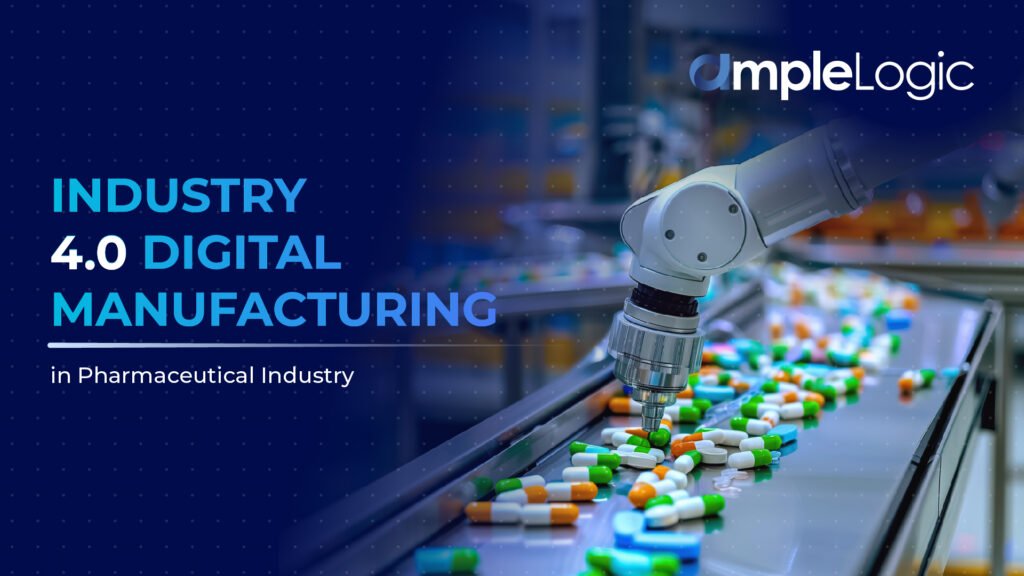Advancing Pharmaceutical Quality Assurance: Synergy of Real-Time Release Testing, Continued Process Validation and Annual Product Quality Review

Guaranteeing safety, efficacy, and quality of drugs stands as utmost priority in the realm of pharmaceuticals. Historically, achieving this has leaned heavily on batch testing, where samples from each production batch undergo rigorous scrutiny before release. Yet, this method faces constraints, such as delays in product availability and the inability to detect certain deviations until after production. To tackle these hurdles, the concept of real-time release testing (RTRT) has emerged, offering the promise of more prompt and effective release of pharmaceutical products. At the core of RTRT lies continued process validation (CPV), facilitating ongoing assessment and assurance of product quality throughout the manufacturing process. Additionally, Annual Product Quality Review (APQR) plays a pivotal role in providing comprehensive evaluation of product quality over time, complementing CPV and RTRT endeavours.
Understanding Real-Time Release Testing
Real-time release testing (RTRT) entails utilizing in-process data, analytical tools, and process monitoring techniques to evaluate the quality of a pharmaceutical product during its manufacturing process. Unlike traditional batch testing, which hinges on post-production analysis, RTRT enables the assessment of critical quality attributes (CQAs) in real time or near real time, potentially expediting product release to market.
The Role of Continued Process Validation (CPV)
CPV serves as the linchpin of RTRT, embodying a proactive approach to ensuring the consistency and reliability of pharmaceutical manufacturing processes. CPV involves continually collecting and analyzing process data to gauge the performance of manufacturing processes and their capacity to consistently yield products of desired quality.
Key Components of Continued Process Validation
- Process Monitoring: CPV hinges on continuous monitoring of critical process parameters (CPPs) and critical quality attributes (CQAs) throughout the manufacturing process. This may entail leveraging advanced process analytical technology (PAT) and in-line or at-line instrumentation to gather real-time data.
- Statistical Analysis: Data amassed during manufacturing are subjected to statistical methods to unearth trends, deviations, and potential issues that may impact product quality. Statistical Process Control (SPC) techniques, like control charts and multivariate analysis, aid in identifying and mitigating process variability.
- Risk Management: CPV integrates risk management principles to prioritize resources and zero in on critical process areas. By pinpointing potential risks to product quality, manufacturers can institute preventive measures and corrective actions to uphold process control and ensure product consistency.
Benefits of Continued Process Validation and Real-Time Release Testing
- Enhanced Product Quality: Through continual monitoring and control of manufacturing processes, CPV aids in identifying and addressing potential quality issues in real time, diminishing the likelihood of product defects or deviations.
- Timely Release of Products: RTRT, empowered by CPV, streamlines the release of pharmaceutical products by curtailing the time required for batch testing and analysis. This acceleration can enhance product availability and bolster supply chain efficiency.
- Cost Savings: CPV and RTRT can yield cost savings by curbing the necessity for rework, investigation, and batch rejections linked with traditional batch release testing. Moreover, the ability to spot and rectify process deviations early can forestall costly production disruptions.
Integration with Annual Product Quality Review (APQR)
The APQR furnishes a comprehensive evaluation of product quality over time, scrutinizing trends, deviations, and avenues for enhancement. By melding Continued process validation (CPV) and RTRT data into APQRs, manufacturers glean insights into long-term trends and the efficacy of process control measures. APQR acts as a springboard for pinpointing areas of improvement in pharmaceutical manufacturing processes, propelling continuous enhancement and ensuring compliance with regulatory requisites.
Benefits of the Synergy
- Enhanced Process Understanding: CPV continuously monitors key process parameters, aiding in understanding and optimizing the manufacturing process. Integrating CPV data into APQR identifies trends and deviations, improving process control.
- Early Detection of Process Variability: RTRT monitors product quality in real-time, spotting process variations promptly. Integrating RTRT data into APQR enables swift corrective actions, maintaining consistent product quality.
- Improved Product Quality and Compliance: Incorporating CPV and RTRT data ensures consistent adherence to quality standards. This enhances product quality, reduces batch failures, and ensures regulatory compliance.
- Risk Reduction: Continuous monitoring and real-time testing identify potential quality risks early, allowing proactive mitigation. Integration into APQR prevents quality issues, enhancing product safety.
- Efficiency and Cost Savings: Integration streamlines APQR by providing comprehensive data, expediting decision-making and reducing review times. This leads to cost savings for pharmaceutical manufacturers.
- Continuous Improvement: CPV and RTRT integration fosters a culture of ongoing improvement. Analysis of data within APQR identifies opportunities for process optimization, driving efficiency and product quality enhancements.
Conclusion
Embracing continued process validation (CPV), real-time release testing (RTRT), and Annual Product Quality Review (APQR) signifies a paradigm shift in pharmaceutical manufacturing, veering away from traditional batch testing toward a more proactive and efficient approach to quality assurance. By assimilating CPV principles and harnessing advanced analytical tools, manufacturers can enhance product quality, slash time-to-market, propel continuous improvement, and ultimately fortify patient safety. As the industry continues its evolution, CPV, RTRT and APQR will assume an increasingly pivotal role in safeguarding the reliability and consistency of pharmaceutical products throughout their lifecycle.



























